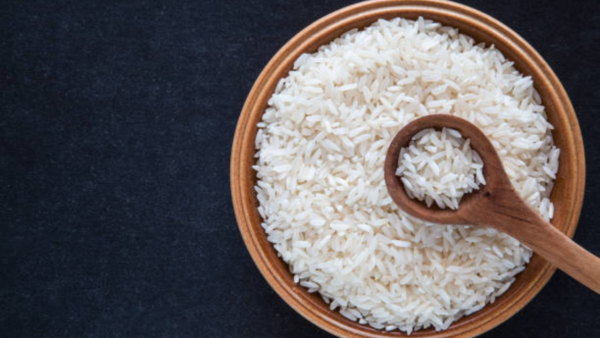When do rice and wheat age?
When rice or wheat is aged, it undergoes a transformation that affects its nutritional profile and digestibility.This aging process, often spanning months or even years, allows these grains to mature in a controlled environment. As they age, their flavors develop and their texture changes, but more importantly, the grains undergo biochemical changes that can enhance their health benefits.

Benefits of consuming aged rice and wheat
For starters, aged rice and wheat tend to have a lower glycemic index compared to their freshly harvested counterparts. This means they cause a slower rise in blood sugar levels when consumed. For individuals managing diabetes or those seeking to stabilize their blood sugar, aged grains offer a gentler impact on glucose levels, making them a smarter choice for sustained energy without the spikes and crashes associated with high-glycemic foods.
Aging grains can boost their antioxidant content. Antioxidants are crucial for combating oxidative stress and inflammation in the body. Freshly harvested grains contain antioxidants, but as they age, the levels of certain compounds can increase. This is particularly true for certain types of phenolic compounds and flavonoids, which are known for their health-promoting properties. These antioxidants help protect cells from damage, potentially reducing the risk of chronic diseases and supporting overall wellness.
Brain sharpening foods to eat everyday
The aging process also improves the digestibility of rice and wheat. Freshly harvested grains can be harder for some people to digest due to their higher levels of certain compounds that might inhibit enzyme activity. Aging helps break down these compounds, making the grains easier on the digestive system. For those with sensitive stomachs or digestive issues, aged grains can be a gentler option that still provides essential nutrients.
Another benefit of consuming aged grains is their enhanced flavor and aroma. Aging often deepens the flavor profile of rice and wheat, adding a rich, nutty taste that can elevate dishes. This can make meals more satisfying and enjoyable, which is a bonus for anyone looking to savor their food. The improved flavor can also lead to reduced reliance on added salts or sugars, aligning with healthier eating habits.

Moreover, aged rice and wheat can have higher concentrations of certain nutrients. The aging process can concentrate minerals like iron and magnesium, which are essential for various bodily functions, including energy production and bone health. By incorporating aged grains into your diet, you might get a bit more of these crucial minerals, supporting better overall health.
